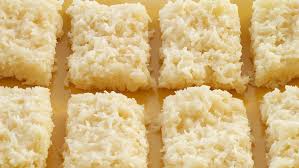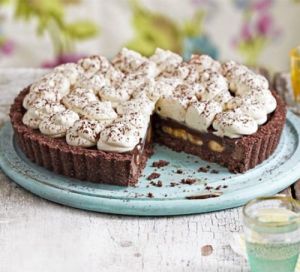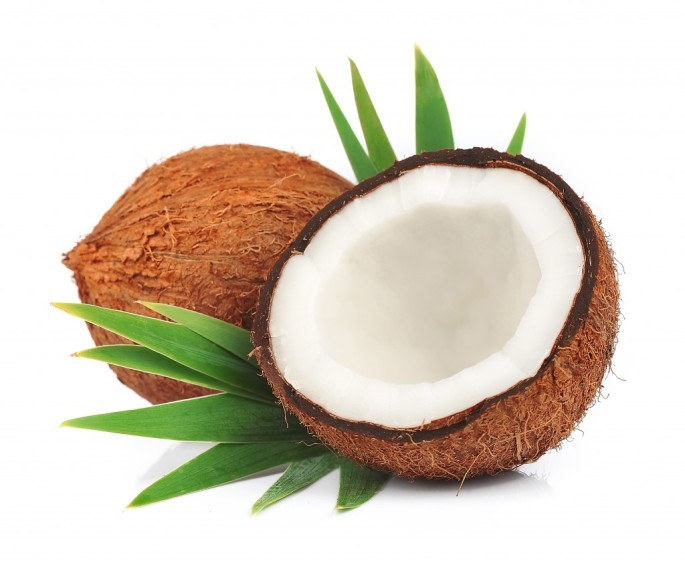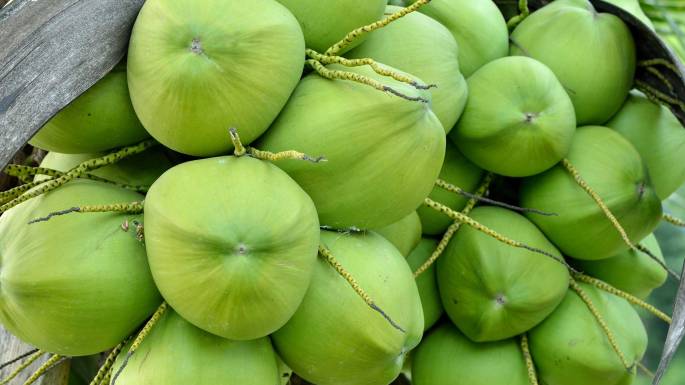In our previous post, we are made to understand that Coconut is a life saving food with a lot of benefits. Today, we will be checking and discussing on the benefits and uses of Coconut.
Those who believe in the healing powers of natural ingredients would probably know about the health benefits of coconut. Many countries have been using the goodness of coconut in various forms over generations. This is one fruit that can be used to take care of all your needs.
Health Benefit of Coconut
Coconut contains a high amount of saturated fats but these are harmless. They contain Medium Chain Triglycerides which are fatty acids of medium length. These fatty acids are absorbed differently by the body. They go straight to the liver from the digestive tract and are further turned into ketone bodies. This can have therapeutic effects on brain disorders like epilepsy and Alzheimer’s. Coconut health benefits include the following:
Fibre Content: Coconut is high in dietary fibre and provides a whopping 61% of fibre. Coconut fibre slows down the release of glucose and transports it to the cell were it is converted into energy. It assists in relieving stress on the pancreas and enzyme systems which reduces the risk of developing diabetes.
Controls Diabetes: Coconut improves the insulin secretion and utilization of blood glucose. It controls diabetes by positively affecting the hormones for blood sugar control. This slows down the rise in blood sugar level and helps to reduce glycemic cravings. Coconut benefits quick digestion and other symptoms associated with digestive and bowel disorders. It supports absorption of nutrients and minerals while providing dietary fibre. It also reduces vomiting and nausea.
Anti-ageing: Cytokinins, kinetin and trans-zeatin present in coconut have anti thrombotic, anti-carcinogenic and anti-ageing effects on the body.
Immunity Booster: Coconut nutrition is excellent for the immunity system. It is antiviral, antifungal, anti-bacterial, and anti-parasitic. Intake of coconut oil can help the body to mount resistance to both viruses and bacteria that cause illness.Consuming coconut in its raw form can help to treat some of the worst and most resilient illness like throat infections, bronchitis, urinary tract infection, tapeworms and other ailments caused by microbes.
Abdominal Fats Treatment: Coconut is also beneficial in treating dangerous fats in the abdominal cavity. Abdominal fats are the most dangerous of all the fats and are associated with various diseases. A 200 grams of coconut serving daily can lead to significant reduction in both BMI and waist circumference in just 12 weeks.
Energy Booster: Coconut helps to increase energy by burning fat. The triglycerides found in coconut oil increase 24 hours of energy expenditure by 5% leading to weight loss in the long run. It is also known to reduce hunger pangs. This is directly related to the way fatty acids in the body are metabolized as ketone as appetite reducing effect. People who consistently use coconut products have a stronger ability to go without eating for several hours with no effects of hypoglycaemia. It also promotes healthy thyroid function and helps to relieve the symptom of chronic fatigue.
Fights Cancer: Coconut nutrition has also proven to have anti-cancer properties. It is especially beneficial to treat colon and breast cancer.
Keeps you hydrated: Coconut water contains crucial electrolytes that help in maintaining hydration. People involved in easy workouts and other strenuous activities should include as much coconut water as they can in their diet. Coconut water replaces the lost electrolytes, provides hydration and increases immune response. It is a better alternative to water as it is tastier than plain water and is loaded with nutrition.
Controls acidity and heart burn: Coconut water can also help to alleviate acidity and heart burn problems.
Extremely Beneficial During Pregnancy: Coconut water is sterile and is very good for pregnant ladies. It improves the immunity and health of the mother and baby and prevents infection and other diseases. It also boosts the levels of amniotic fluid to improve the overall health of the fetus.
Fights Bacteria: Coconut contains high content of monolaurin and lauric acid which helps to kill bacteria, viruses and fungi and keeps infections at bay.
Healthy Bones and Teeth: Eating coconuts regularly supports the development of healthy bones and teeth. It improves the body’s ability to absorb calcium and manganese which aid bone development. It also prevents osteoporosis, a condition which makes the bones thin and fragile and loses its density. Thus it is a healthy alternative for those who are lactose intolerant.
Significant Benefits of Coconut Milk for Skin and Hair
Coconut milk is extremely healthy for the skin as well. It imparts a nourishing glow to the skin on regular use and also treats several skin conditions.
- Moisturizes the Skin: People have been indulging in milk baths for centuries. Whether it is for infants or brides, it is a commonly known fact that milk moisturizes our skin and makes it soft and supple. Maybe it is time to switch to coconut milk now. Applying coconut milk to your skin does more than just moisturizing it. Coconut milk combats dryness, itchiness, swelling, and redness, soothes the skin, and promotes a healthy, glowing skin.
Add 1 cup of coconut milk, ½ cup of rose water, and 1 cup of rose petals to warm water and bathe with it. Do this often, and you will be amazed by the results.
- Sunburns Treatment: Applying coconut milk on sunburns can effectively heal the skin in no time due to its anti-inflammatory properties. The fats in this milk reduce pain, redness, and swelling on the skin.
You can apply a thin layer of coconut milk on the affected area at night before you go to bed and rinse it in the morning for best results.
- Body Scrub: Coconut can also be used as a body scrub. Mix some coconut oil and a cup of brown sugar and stir well. Finally scrape some coconut shell, add a few drops of essential oil and mix it. Your scrub is ready to use.
You can also mix 1 tablespoon of coconut water and lentils to make a paste. Rub it gently on the face for 2 minutes and then wash off.
- Removes Eye Makeup: Coconut oil can also be used to remove eye makeup. Put a few drops of coconut oil on a cotton ball and wipe your eyes with it. It effectively removes the tough eye makeup by breaking down the ingredients in the eye makeup. It keeps the skin hydrated too.
Mix 2 measures of olive oil and 1 measure of coconut milk and gently rub on your skin with a cotton ball. This will not only remove your makeup but also deeply nourish your skin.
- Promotes Hair Growth: Coconut milk contains a wide range of essential nutrients that nourish the hair follicles and boost hair growth.
All you need to do is massage coconut milk into your hair and leave it on for about 20 to 30 minutes before shampooing as usual.
- Restores Dry, Damaged Hair: Just like how coconut milk provides moisture and nourishment to the skin, it works similarly on the hair too. Coconut milk, when used regularly on dry and damaged hair, helps to restore its shine. It also helps to soothe and treat itchiness and dandruff on the scalp. Place unsweetened coconut milk in the refrigerator overnight to harden it a little.
In the morning, apply the milk from roots of the hair to the tips, section by section. Leave it on for about 20 to 30 minutes and shampoo as you normally would. Try this treatment once or twice a week, and you will start noticing a change in a month’s time
- Hair Detangler and Natural Conditioner: Coconut milk acts as a brilliant hair conditioner to provide softer, thicker, and longer hair. Not only that, it also helps to detangle your hair. Just apply a little milk to your hair and comb out the tangles in a jiffy. You can also use it as a leave-in conditioner to add volume to your hair.
Significant Benefits of Coconut Water
- Lowers Blood Pressure: Coconut water has a direct effect on blood pressure. Studies have shown that it can help in lowering blood pressure and hypertension. It also reduces cholesterol and prevents blood clots. Coconut water exhibits anti-thrombotic effects, which means it helps prevent blood clots. It also reduces cholesterol, which can have an enormous impact on your blood pressure by clogging up your arteries.
- Treats Diarrhea: Coconut water is a must-have liquid for those suffering from diarrhea. It will prevent the need for hospitalization by replacing the fluid loss from the GI (Gastrointestinal) tract. Interestingly, this humble liquid has a higher osmolarity than that of the WHO recommended ORS solution due to the presence of essential chemical compounds such as amino acids, minerals, enzymes, and fatty acids. Being very low in sodium and chlorides, but high in sugars and amino acids also makes coconut water a well-balanced fluid replacement for diarrhea.
- Acts as a Detoxifier: We all know that detoxification is an important process for the proper functioning of our body. This process helps flush out harmful components from our organs, making us healthy from inside out. But did you know that dehydration is also a significant contributor to the build-up toxins in our body? Yes, it is, because inadequate hydration leads to hampered functioning of kidneys and livers, the detoxifying organs, thus giving way to the accumulation of toxins in the body.
What can we do about it?
The solution is all clear, my dear. Stay hydrated. And what can be a better hydration alternative than our precious coconut water?
Our body is capable of cleansing and detoxing on its own, provided it has all the essential nutrients and hydration, and coconut water contains every required nutrient including potassium and sodium.
- Cures Hangovers: Consume coconut water next time you go overboard with the alcohol. Having coconut water helps settle your stomach, reducing frequent urination and the urge to puke. It also helps provide the much-required hydration and nutrients that are lost courtesy alcohol. Also, the antioxidants present in this revitalizing drink fight oxidative stress that occurs due to too much alcohol in our system.
Make your hangover drink by using coconut water, ripe mangoes, lemon juice and mint. Here’s how:
What You Need
2 cups fresh coconut water
2 cups grated ripe mangoes
2 fresh mint sprigs
1/2 cup ice
What You Need To Do
Make a smoothie by blending all the ingredients and have it fresh to get rid of that annoying hangover.
- Good For Babies: Give your baby essential vitamins and minerals such as calcium, vitamin C, riboflavin, potassium, magnesium, iron, and manganese without spending much. The innumerable medicinal properties of coconut water fight microbes, relieving your baby of gastrointestinal problems like ulcer, indigestion, diarrhea, flatulence, and vomiting. This natural water also assists in the treatment of urinary tract infections and bilious fever. You can start giving your baby coconut water soon after you put them on solid foods, i.e. around 6-8 months.
Caution—Coconut water is not advisable for infants below six months due to an increased risk of allergic reactions.
- Alleviate Ulcerative Colitis: Tender coconut water with its healing properties is highly effective in treating digestive disorders like ulcerative colitis. Regular consumption of coconut water soothes the mucous membranes of the colon and the rectum, reducing the swelling in them.
Here’s how you can consume it to relieve stomach ulcer:
What You Need
3-4 drumsticks
One glass of coconut water
One teaspoon honey
What You Need To Do
1. Boil the drumsticks in water for about 10 minutes and extract its juice.
2. Add the extracted juice to a glass of coconut water and mix honey with it.
3. Have this juice once a day for best results.
- Increases Libido: Did you know that coconut water can help you increase sex drive? Manuscripts and tales from Thailand and the Pacific nations give coconut water the reputation of being a potent aphrodisiac for both men and women
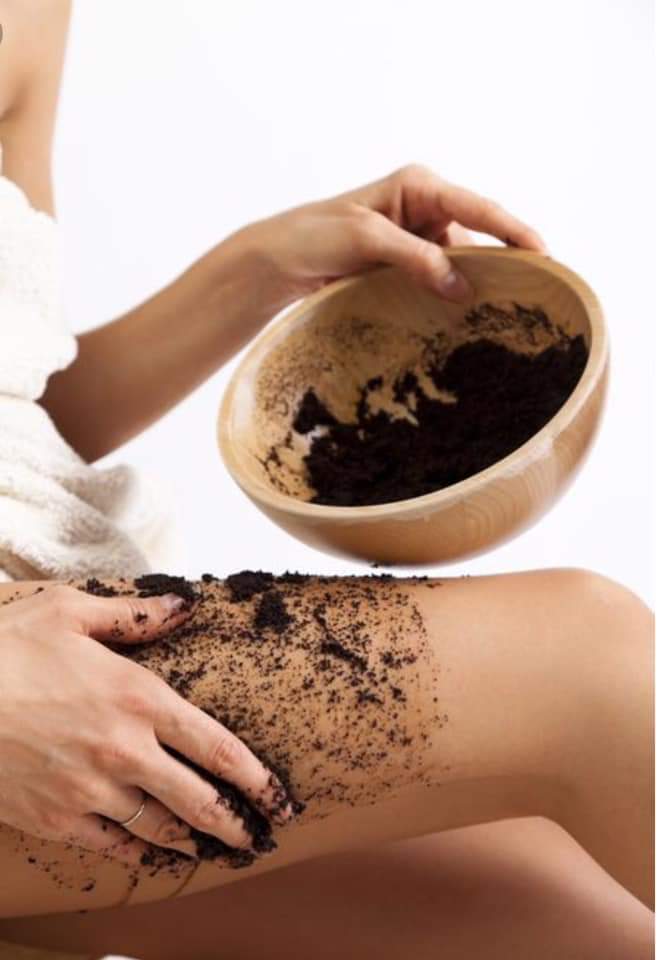
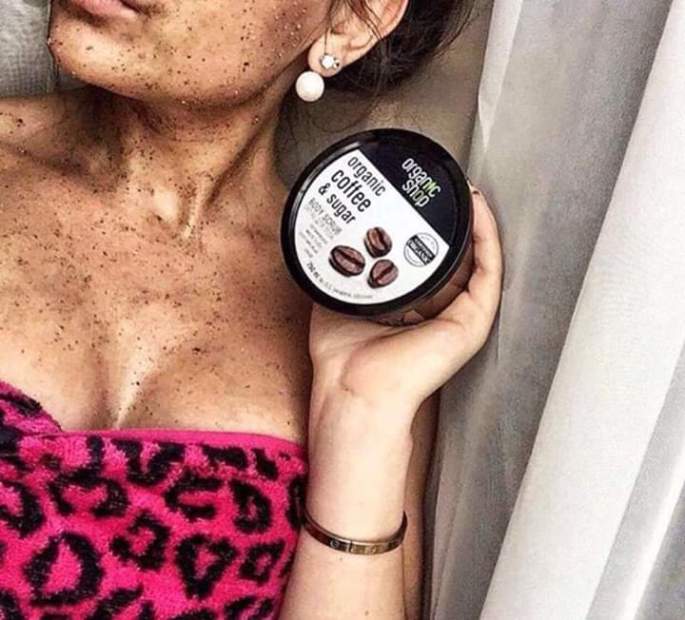


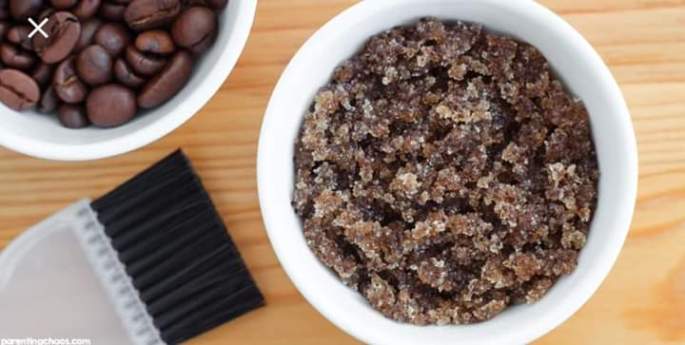
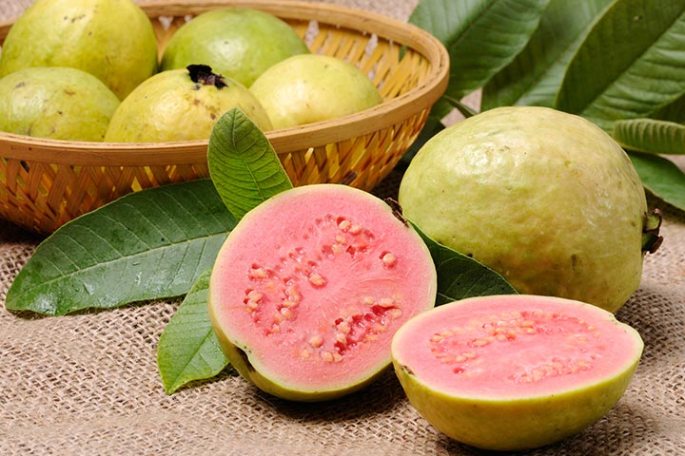
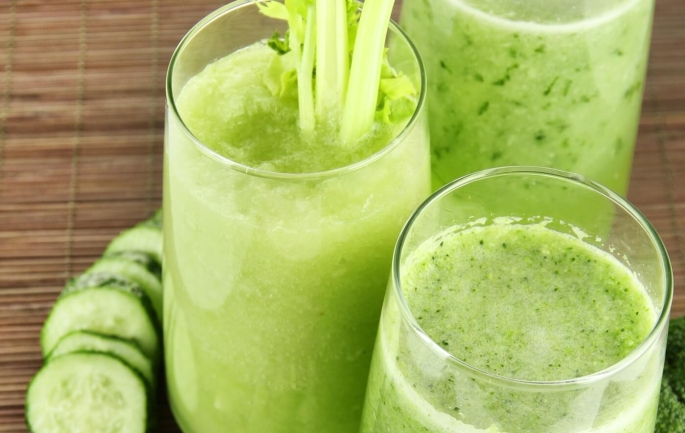
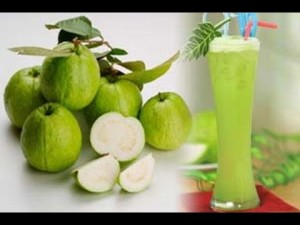 Besides its unique flavour and fragrance, guava has been hailed as one of the super fruits due to the numerous health benefits it offers. It indeed is a powerhouse of nutrients. “This humble fruit is extraordinarily rich in vitamin C, lycopene and antioxidants that are beneficial for skin.
Besides its unique flavour and fragrance, guava has been hailed as one of the super fruits due to the numerous health benefits it offers. It indeed is a powerhouse of nutrients. “This humble fruit is extraordinarily rich in vitamin C, lycopene and antioxidants that are beneficial for skin.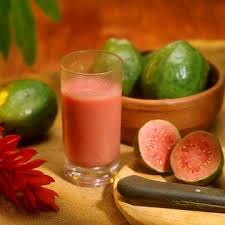 4 cups chilled watermelon cubes
4 cups chilled watermelon cubes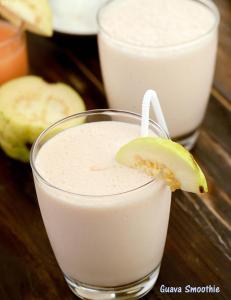 1 1/2 cups readymade chilled guava juice
1 1/2 cups readymade chilled guava juice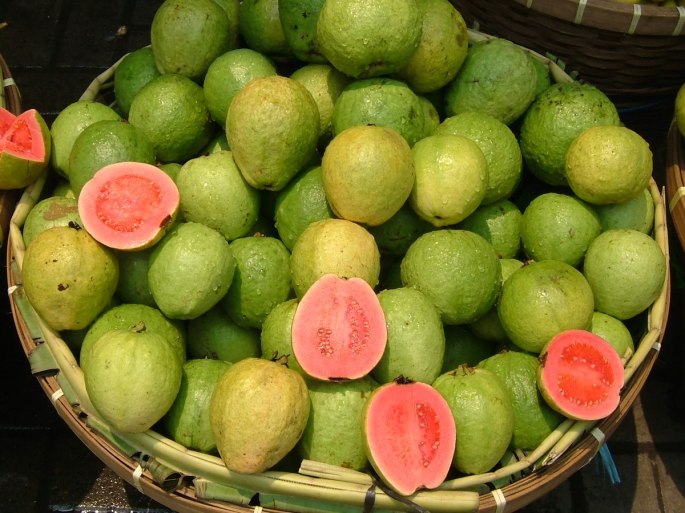
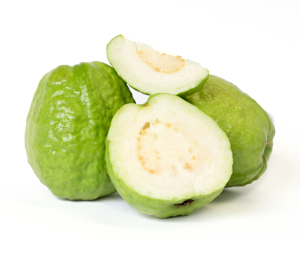

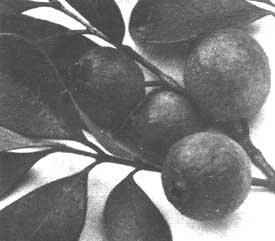

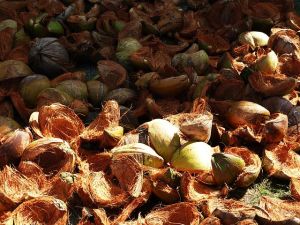 This is the rough exterior of the coconut which is made up of the coir (tough fibres). Back in the days when there weren’t any scouring pad to wash the dishes, the locals used the coir – with sand — to clean their pots. It gave quite a shine to the utensil. For families who could not afford mattresses, the fibre was used as stuffing to make homemade mattresses. The whole husk is also great to plant with, fuel fires and make toys. This is one of the major uses of coconuts, at least for the many people who make a living with it. People in many rural areas make their living from making ropes out of coconut husk, and it is a profitable business. This is actually a difficult task and requires immense manual labor. However people work in large groups in coir factories to make ropes and mats from the husks of coconuts.
This is the rough exterior of the coconut which is made up of the coir (tough fibres). Back in the days when there weren’t any scouring pad to wash the dishes, the locals used the coir – with sand — to clean their pots. It gave quite a shine to the utensil. For families who could not afford mattresses, the fibre was used as stuffing to make homemade mattresses. The whole husk is also great to plant with, fuel fires and make toys. This is one of the major uses of coconuts, at least for the many people who make a living with it. People in many rural areas make their living from making ropes out of coconut husk, and it is a profitable business. This is actually a difficult task and requires immense manual labor. However people work in large groups in coir factories to make ropes and mats from the husks of coconuts.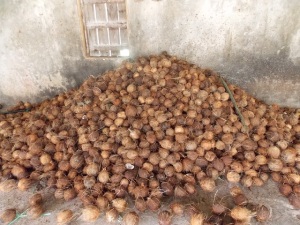 Before reaching the delicious flesh inside the coconut one has to get through the hard shell. Today this is mostly thrown away after extracting the flesh — did you know that it makes a great charcoal replacement? The shell which is quite strong is also used by artisans to create long-lasting handicrafts. The hard shell of the fruit is useful, too. It is traditionally used in homes to steam food. The shells are also a popular craft material. Many beautiful craft items are made out of coconut shells. You can easily color the shells and carve them into beautiful art pieces. Children use them for playing as well.
Before reaching the delicious flesh inside the coconut one has to get through the hard shell. Today this is mostly thrown away after extracting the flesh — did you know that it makes a great charcoal replacement? The shell which is quite strong is also used by artisans to create long-lasting handicrafts. The hard shell of the fruit is useful, too. It is traditionally used in homes to steam food. The shells are also a popular craft material. Many beautiful craft items are made out of coconut shells. You can easily color the shells and carve them into beautiful art pieces. Children use them for playing as well.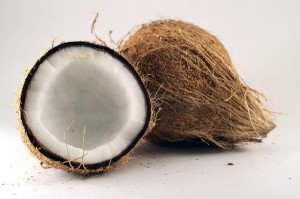 This is the edible part of the nut. The vitamin-rich coconut kernel (the flesh) can be eaten raw or cooked, or processed to manufacture other products. When grated — placed in water and squeezed (or blended) it produces coconut milk used in many Creole meals and desserts. When matured, oil can be extracted from the kernel. The oil can be used for cooking, prevent hair damage and moisturize the skin. Psst, it’s a great sunscreen too. This is the first use most people think of. You can eat the fruit of a coconut tree, and this is the plant’s most common use. Coconuts can be eaten either raw or cooked, and they are rich in vitamins, minerals, and powerful antioxidants. Before you can eat coconut, the white flesh of the fruit needs to be separated from the outer hard shell. Do do this, you may use a coconut scraper to grate the fruit or a coconut meat removal knife to separate the flesh after opening the shell. The freshly grated coconuts can be easily added to your recipes or you can store it in refrigerator for few days. Coconut milk is also very popular. It is widely used in many Asian cuisines, especially in South India, Sri Lanka, and Thailand. It is usually used to thicken soups and stews, and you can also use it as a substitute for milk if you have milk allergy. To make coconut milk, you can either squeeze grated coconuts in water with your hands (this produces a milder version), or you can stick them in a blender with a little water (this produces a thicker version). Additionally, coconut milk is an excellent hair conditioner. You can apply the coconut milk to your hair and scalp and rinse after a few minutes. This will make your hair soft and shiny and improves the health of hair by reducing hair fall. Coconut milk is also an ideal ingredient to be added in homemade face masks in place of water. The fruits can also be turned into coconut flour, which is available in markets nowadays. The flour is often used as a gluten-free substitute.
This is the edible part of the nut. The vitamin-rich coconut kernel (the flesh) can be eaten raw or cooked, or processed to manufacture other products. When grated — placed in water and squeezed (or blended) it produces coconut milk used in many Creole meals and desserts. When matured, oil can be extracted from the kernel. The oil can be used for cooking, prevent hair damage and moisturize the skin. Psst, it’s a great sunscreen too. This is the first use most people think of. You can eat the fruit of a coconut tree, and this is the plant’s most common use. Coconuts can be eaten either raw or cooked, and they are rich in vitamins, minerals, and powerful antioxidants. Before you can eat coconut, the white flesh of the fruit needs to be separated from the outer hard shell. Do do this, you may use a coconut scraper to grate the fruit or a coconut meat removal knife to separate the flesh after opening the shell. The freshly grated coconuts can be easily added to your recipes or you can store it in refrigerator for few days. Coconut milk is also very popular. It is widely used in many Asian cuisines, especially in South India, Sri Lanka, and Thailand. It is usually used to thicken soups and stews, and you can also use it as a substitute for milk if you have milk allergy. To make coconut milk, you can either squeeze grated coconuts in water with your hands (this produces a milder version), or you can stick them in a blender with a little water (this produces a thicker version). Additionally, coconut milk is an excellent hair conditioner. You can apply the coconut milk to your hair and scalp and rinse after a few minutes. This will make your hair soft and shiny and improves the health of hair by reducing hair fall. Coconut milk is also an ideal ingredient to be added in homemade face masks in place of water. The fruits can also be turned into coconut flour, which is available in markets nowadays. The flour is often used as a gluten-free substitute.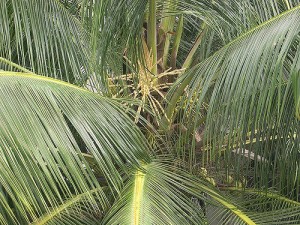 The leaves of the coconut palms are very large and beautiful. I love how they look; they are great subjects for photography. People have used these leaves to make fences as well as roofs for their small huts, and in many places, people still use them for thatching. They are cost effective and provide shelter for many people who cannot afford the cost of other materials. Sometimes they are used not only for making the roofs, but to make the walls of houses as well. Making houses from the palm leaves may not be the best option—they can’t survive extreme weather conditions and there are safety concerns—but in many places, people rely on this tree to create shelter.
The leaves of the coconut palms are very large and beautiful. I love how they look; they are great subjects for photography. People have used these leaves to make fences as well as roofs for their small huts, and in many places, people still use them for thatching. They are cost effective and provide shelter for many people who cannot afford the cost of other materials. Sometimes they are used not only for making the roofs, but to make the walls of houses as well. Making houses from the palm leaves may not be the best option—they can’t survive extreme weather conditions and there are safety concerns—but in many places, people rely on this tree to create shelter.
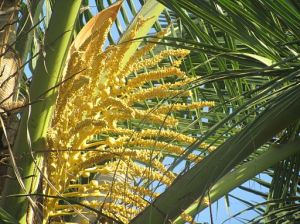 Coconut flowers have many medicinal uses. They are an ingredient in many traditional remedies, especially medicines for new mothers.
Coconut flowers have many medicinal uses. They are an ingredient in many traditional remedies, especially medicines for new mothers.
 Tall coconut palms are usually cross-pollinated, and are subjected to the most variations. They are classified by the location where they are grown, assuming that some uniformity in the population is developed in one location across several generations, adapting to drought, high rainfall, alkaline soil or resistance to various insects and diseases long established in the specific location. This is why they are sometimes classified as West African Tall, Malayan Tall and such. Tall coconut palms have longer economic lives than Dwarf trees, typically about 60-80 years, and can live up to 100 years old under favourable conditions. They also have larger fronds than Dwarf trees, so fewer Tall coconut trees can be planted per hectare of land. Tall coconut palms are also fairly resistant to diseases and pests, except some virus diseases, and thrive under different soil conditions. After six to eight years of planting, Tall coconut palms will begin to bear fruits.
Tall coconut palms are usually cross-pollinated, and are subjected to the most variations. They are classified by the location where they are grown, assuming that some uniformity in the population is developed in one location across several generations, adapting to drought, high rainfall, alkaline soil or resistance to various insects and diseases long established in the specific location. This is why they are sometimes classified as West African Tall, Malayan Tall and such. Tall coconut palms have longer economic lives than Dwarf trees, typically about 60-80 years, and can live up to 100 years old under favourable conditions. They also have larger fronds than Dwarf trees, so fewer Tall coconut trees can be planted per hectare of land. Tall coconut palms are also fairly resistant to diseases and pests, except some virus diseases, and thrive under different soil conditions. After six to eight years of planting, Tall coconut palms will begin to bear fruits.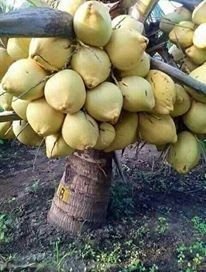 Dwarf coconut palms are mostly self-pollinated, and have fewer variations compared to Tall varieties. They are classified by the colour of the coconut fruits produced. As the name suggests, Dwarf coconut palms are smaller in stature than Tall varieties. Dwarf coconut palms have shorter economic lives than Tall palms and only live up to 60 years old. With smaller fronds, more Dwarf coconut trees can be planted per hectare of land. Compared to Tall coconut trees, Dwarf varieties cannot adapt as well to different soil conditions, and are more susceptible to diseases, although they do show good resistance to some virus diseases. However, they begin to bear fruits earlier, after only three years of planting. At about 10 years old, they come into regular fruiting. Similar to Tall varieties, the bigger the coconuts, the lesser number of fruits found per bunch.
Dwarf coconut palms are mostly self-pollinated, and have fewer variations compared to Tall varieties. They are classified by the colour of the coconut fruits produced. As the name suggests, Dwarf coconut palms are smaller in stature than Tall varieties. Dwarf coconut palms have shorter economic lives than Tall palms and only live up to 60 years old. With smaller fronds, more Dwarf coconut trees can be planted per hectare of land. Compared to Tall coconut trees, Dwarf varieties cannot adapt as well to different soil conditions, and are more susceptible to diseases, although they do show good resistance to some virus diseases. However, they begin to bear fruits earlier, after only three years of planting. At about 10 years old, they come into regular fruiting. Similar to Tall varieties, the bigger the coconuts, the lesser number of fruits found per bunch.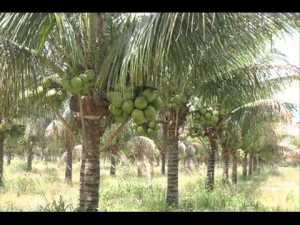 Hybrids are inter-varietal crosses between two morphological forms of coconut trees. In particular, hybrids from Dwarf and Tall, Tall and Tall varieties also produce high-yielding coconut palms. In general, hybrid coconut palms are more superior in terms of quality and quantity of copra production. They also contain the greatest amount of copra per nut. As such, they are usually selected for commercial planting. The hybrid crosses between Dwarf and Tall varieties have exhibited marked hybrid vigour by having the advantages found in both palms. As such, high yielding hybrid coconut trees are resistant to environmental stress, including drought and diseases. They also bear fruits after three to four years of planting. Compared to Dwarf and Tall varieties, hybrid coconut palms have more nut yields and higher copra production (Figure 4.2). The copra and oil produced are also of better quality.
Hybrids are inter-varietal crosses between two morphological forms of coconut trees. In particular, hybrids from Dwarf and Tall, Tall and Tall varieties also produce high-yielding coconut palms. In general, hybrid coconut palms are more superior in terms of quality and quantity of copra production. They also contain the greatest amount of copra per nut. As such, they are usually selected for commercial planting. The hybrid crosses between Dwarf and Tall varieties have exhibited marked hybrid vigour by having the advantages found in both palms. As such, high yielding hybrid coconut trees are resistant to environmental stress, including drought and diseases. They also bear fruits after three to four years of planting. Compared to Dwarf and Tall varieties, hybrid coconut palms have more nut yields and higher copra production (Figure 4.2). The copra and oil produced are also of better quality.